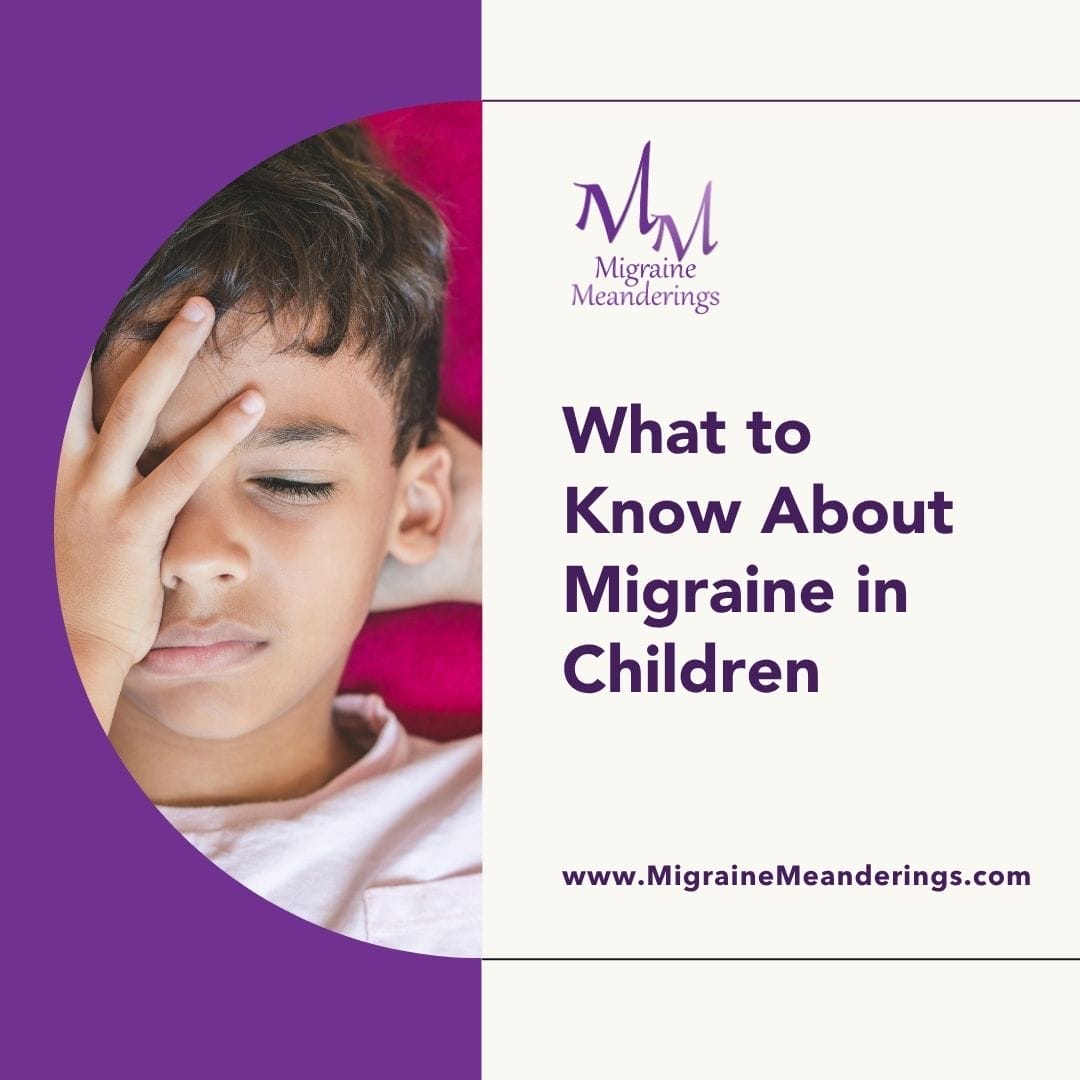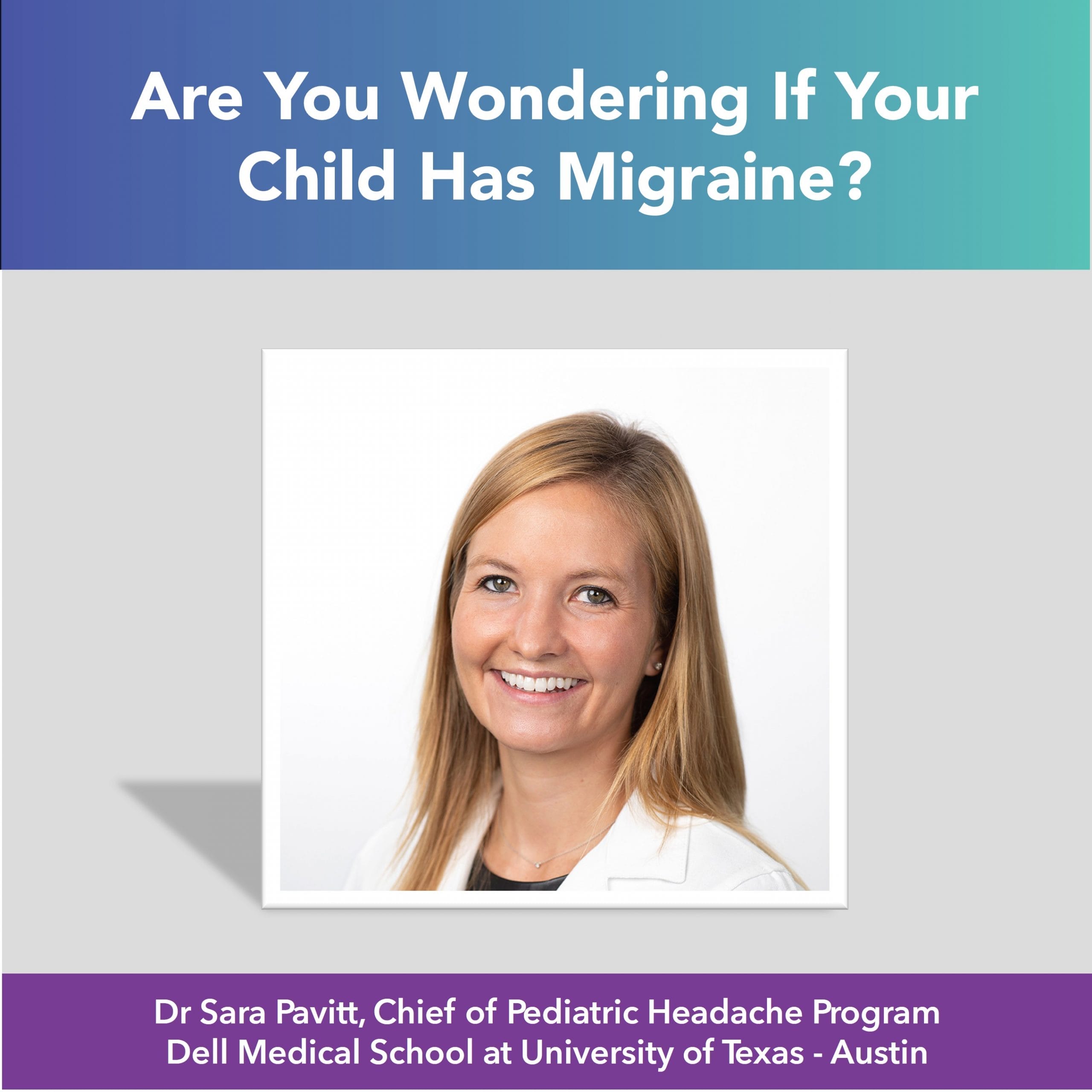Many people experience their first migraine attack in childhood. This can be a difficult and scary time for children and their families. From limited treatment options, to missing school and activities with friends and families, migraine presents children with a lot of challenges, and can seem overwhelming.
Early diagnosis and effective treatment is essential, as it reduces the risk of disease chronification. Yet, many children and their families are often left struggling to navigate the healthcare system in an attempt to find some relief.
We hope the answers to the questions below shed some light on the struggles children with migraine face, and help guide families on how best to support their child and manage treatment.
Many thanks to Dr. Sara Pavitt, a board-certified pediatric neurologist and headache specialist, for her help with this project and answers to questions.

Watch this video with Dr. Pavitt as she talks about how migraine impacts children, and best practices to manage it.
Watch Our Videos: Children with Migraine
“Children who have migraine tend to miss more school, they tend to perform more poorly in school, and... the more frequently you have migraine, that tends to predict more poor school performance over time. We want to do everything we can to improve the quality of life."
—Sara Pavitt, MD

Children with Migraine
General Migraine Information
Treatment Options
Migraine Attack Symptoms & Triggers in Children
Signs of Progression/Emergency Symptoms
Final Thoughts from Dr. Pavitt

What is the most important piece of advice you would give to parents and family members who are feeling overwhelmed or frustrated while still trying to support their child with migraine?
"I think it's important to hear that there are so many treatment options for your children. And I know in the moment, being a parent, seeing your kid in pain is one of the worst things that can happen. But I want you to recognize that we have treatment options, that the future is really bright for this condition, that your child is really resilient, and so making sure that we make those connections with the healthcare providers is important. When you're starting to wonder, does my child have migraine? Do not be afraid to advocate for a referral to a neurologist or a pediatric headache specialist. If you feel like you're running into a barrier, I never want a family to feel like there's nothing else that can be done, because there is always something else that can be done. Your child's future is bright, and our goal as healthcare providers and headache specialists is to make sure that your child is able to do and achieve the dreams that they have."
Sara Pavitt, MD, is a board-certified pediatric neurologist and headache specialist and serves as both the Chief of the Dell Children’s Pediatric Headache Center within UT Health Austin Pediatric Neurosciences at Dell Children’s, a clinical partnership between Dell Children’s Medical Center and UT Health Austin, and the Associate Chief of Pediatric Neurology. She specializes in pediatric headaches.
Additionally, Dr. Pavitt is an assistant professor in the Dell Medical School Department of Neurology at The University of Texas at Austin.










